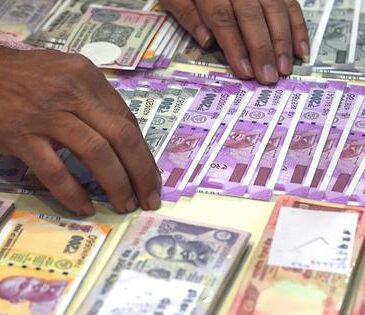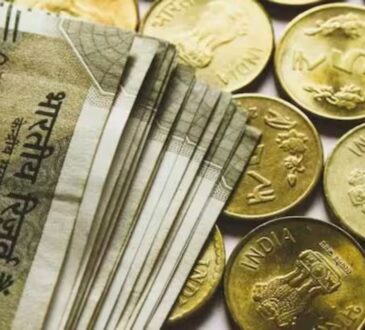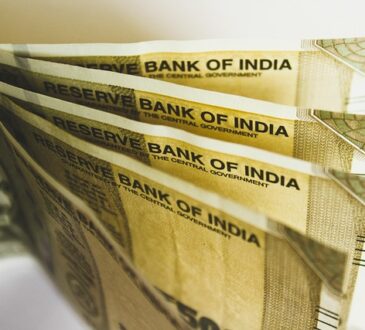The Indian rupee is projected to post modest gains this year, underperforming most Asian currencies despite a weakening U.S. dollar, according to a Reuters poll of 41 foreign exchange strategists.
A partially convertible currency, the rupee has dropped around 0.3% year-to-date, making it one of Asia’s weakest performers. In contrast, regional peers like the Korean won, Thai baht, Malaysian ringgit, and Philippine peso have each climbed over 4%. Even robust GDP growth of 7.4% in the January–March quarter—India’s fastest since early 2024—has not given the rupee much upward momentum.
Analysts cite global risk aversion and capital flight to safer markets as key reasons behind the rupee’s limited upside. “India is not viewed as a safe haven for capital during global uncertainty,” said ANZ FX strategist Dhiraj Nim. He also noted that the Reserve Bank of India (RBI) is likely intervening in the currency market to curb volatility.
The RBI is expected to cut interest rates by 25 basis points to 5.75% this week and lower them further to 5.50% later in the year. Despite this, the expected 100 basis point cut would be among the mildest in over a decade. Moreover, the RBI’s ongoing dollar purchases to rebuild reserves—currently around $693 billion—could weigh further on the rupee.
Strategists forecast the rupee to trade at 85.25 per U.S. dollar by end-August and remain near that level for the next year. Barclays’ Mitul Kotecha added that the rupee is resuming its long-term depreciation trend, especially after the change in RBI leadership.
Overall, the Indian rupee is expected to remain stable but underperform as it grapples with external headwinds and limited support from domestic policy shifts.




